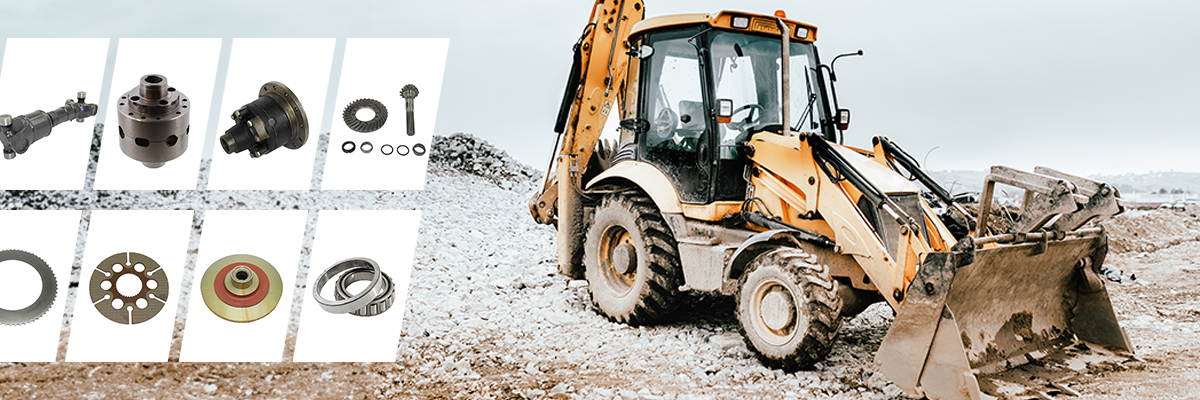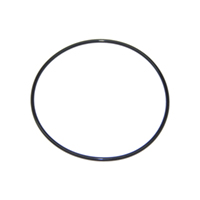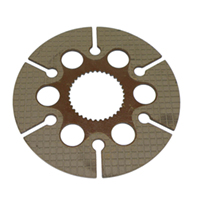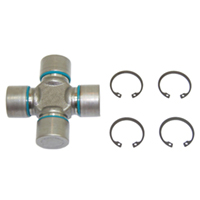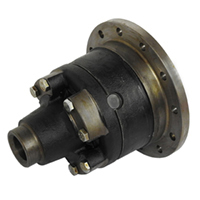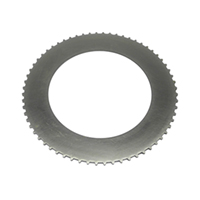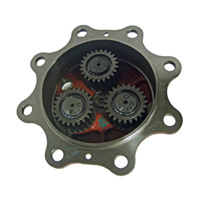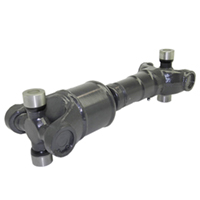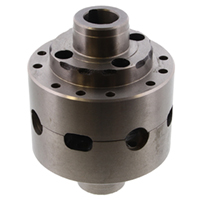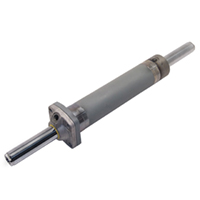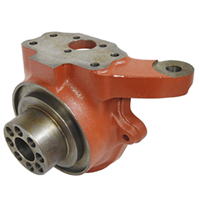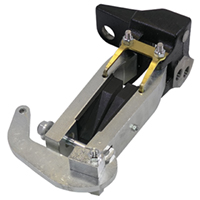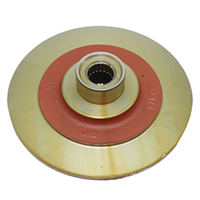Another essential part of the drivetrain is the differential. This component is also part of the mechanism that converts engine power into torque to drive the wheels. The amount of power transmitted to the wheels depends on the traction underneath. In addition, the differential allows the wheels to spin at different speeds, which is essential for cornering. Without a differential, the wheels would constantly spin at the same speed – which they don’t normally do when cornering – and the axle would be under a lot of stress.
On a two-wheel drive backhoe loader, there’s a differential situated between the two driven wheels. A four-wheel drive backhoe loader is a bit more complicated. This type has a differential between each set of driven wheels, but there is also a differential between the front and rear wheels. This is needed because the front wheels travel a different distance through corners than the rear wheels.
But what happens when one of the driven wheels is in the air during heavy off-road work? This wheel will not get any traction, so the other driven wheel will not get enough power to move the machine. The solution to this problem is a locking differential. This mechanism can be manually activated by the operator – although automatic versions are available as well – and ensures that all power is divided equally to all wheels, even those without traction. As a result, all the wheels will spin at the same speed.





